Growing Awareness of Musculoskeletal Health
There is a notable increase in public awareness regarding musculoskeletal health, which is positively impacting the musculoskeletal system-disorders market. Educational campaigns and initiatives by healthcare organizations are emphasizing the importance of maintaining musculoskeletal health through lifestyle changes, exercise, and early intervention. This heightened awareness is leading to more individuals seeking preventive care and treatment for musculoskeletal disorders. Furthermore, the rise of social media platforms has facilitated the dissemination of information, allowing patients to better understand their conditions and treatment options. As awareness continues to grow, it is anticipated that more patients will engage with healthcare providers, thereby driving demand within the musculoskeletal system-disorders market. This trend may also encourage research and development of new therapies and interventions.
Technological Innovations in Diagnostic Tools
Technological advancements in diagnostic tools are significantly influencing the musculoskeletal system-disorders market. Innovations such as MRI, CT scans, and ultrasound imaging have enhanced the accuracy of diagnosing musculoskeletal conditions. These technologies allow for early detection and intervention, which can lead to better patient outcomes and reduced healthcare costs. The integration of artificial intelligence in imaging analysis is also emerging, potentially streamlining the diagnostic process. As healthcare providers increasingly adopt these advanced diagnostic tools, the demand for related services and products is expected to rise. This trend not only improves patient care but also stimulates growth within the musculoskeletal system-disorders market, as more accurate diagnoses lead to targeted treatment plans and improved resource allocation.
Rising Healthcare Expenditure and Insurance Coverage
The rising healthcare expenditure in the United States is a crucial driver of the musculoskeletal system-disorders market. With healthcare spending projected to reach $6 trillion by 2027, there is a growing investment in treatments and services for musculoskeletal disorders. Increased insurance coverage for physical therapy, surgical procedures, and medications has made these services more accessible to patients. This financial support encourages individuals to seek treatment earlier, which can mitigate the progression of musculoskeletal conditions. Additionally, the expansion of Medicare and Medicaid programs has further enhanced access to care for older adults and low-income populations. As a result, the musculoskeletal system-disorders market is likely to experience sustained growth, driven by both increased demand for services and improved patient access.
Aging Population and Increased Incidence of Disorders
The aging population in the United States is a primary driver of the musculoskeletal system-disorders market. As individuals age, they become more susceptible to conditions such as arthritis, osteoporosis, and degenerative disc disease. According to the U.S. Census Bureau, by 2030, approximately 20% of the population will be over 65 years old, leading to a projected increase in musculoskeletal disorders. This demographic shift is likely to escalate the demand for treatment options, including pharmaceuticals, surgical interventions, and rehabilitation services. The growing prevalence of these disorders among older adults necessitates a robust healthcare response, thereby propelling the musculoskeletal system-disorders market forward. Furthermore, the economic burden associated with these conditions, estimated to exceed $300 billion annually in the U.S., underscores the urgency for effective management strategies.
Increased Focus on Rehabilitation and Physical Therapy
The increasing focus on rehabilitation and physical therapy is a significant driver of the musculoskeletal system-disorders market. As healthcare providers recognize the importance of rehabilitation in recovery from musculoskeletal injuries and surgeries, there is a growing emphasis on physical therapy as a primary treatment modality. This shift is supported by evidence indicating that early rehabilitation can lead to improved outcomes and reduced healthcare costs. The U.S. Bureau of Labor Statistics projects a 22% growth in employment for physical therapists from 2020 to 2030, reflecting the rising demand for these services. Additionally, insurance companies are increasingly covering physical therapy sessions, making them more accessible to patients. Consequently, the musculoskeletal system-disorders market is likely to benefit from this trend, as more individuals seek rehabilitation services to manage their conditions.


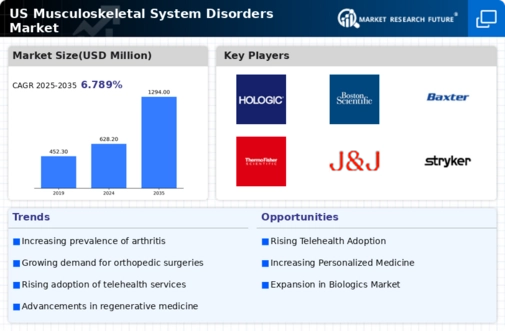
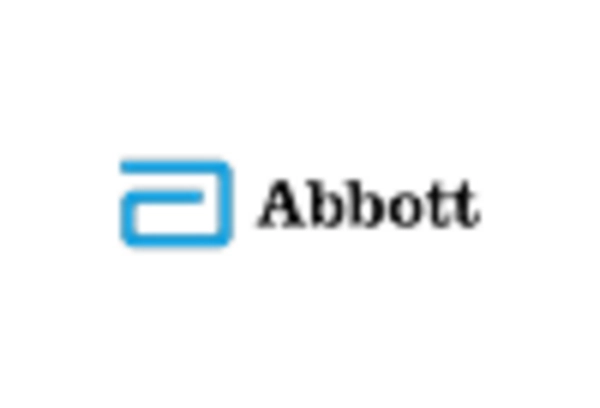
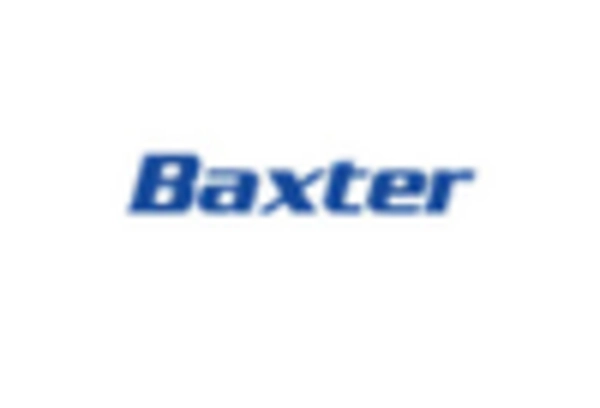
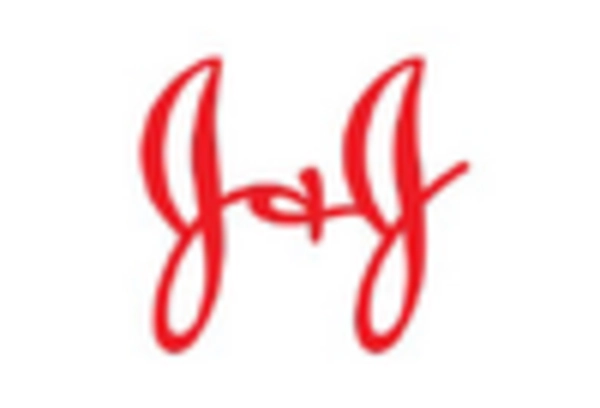

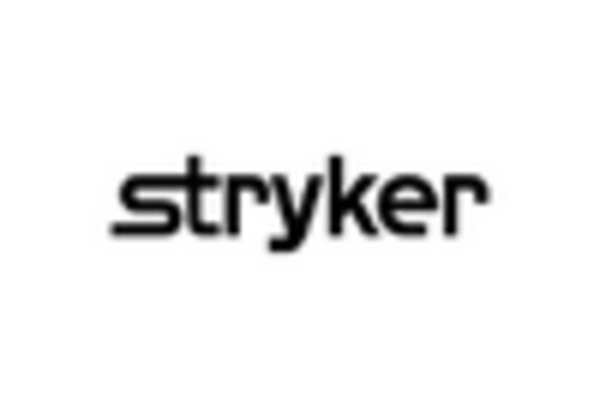
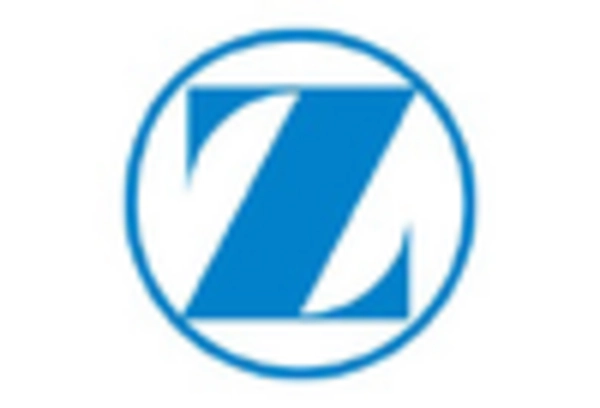








Leave a Comment